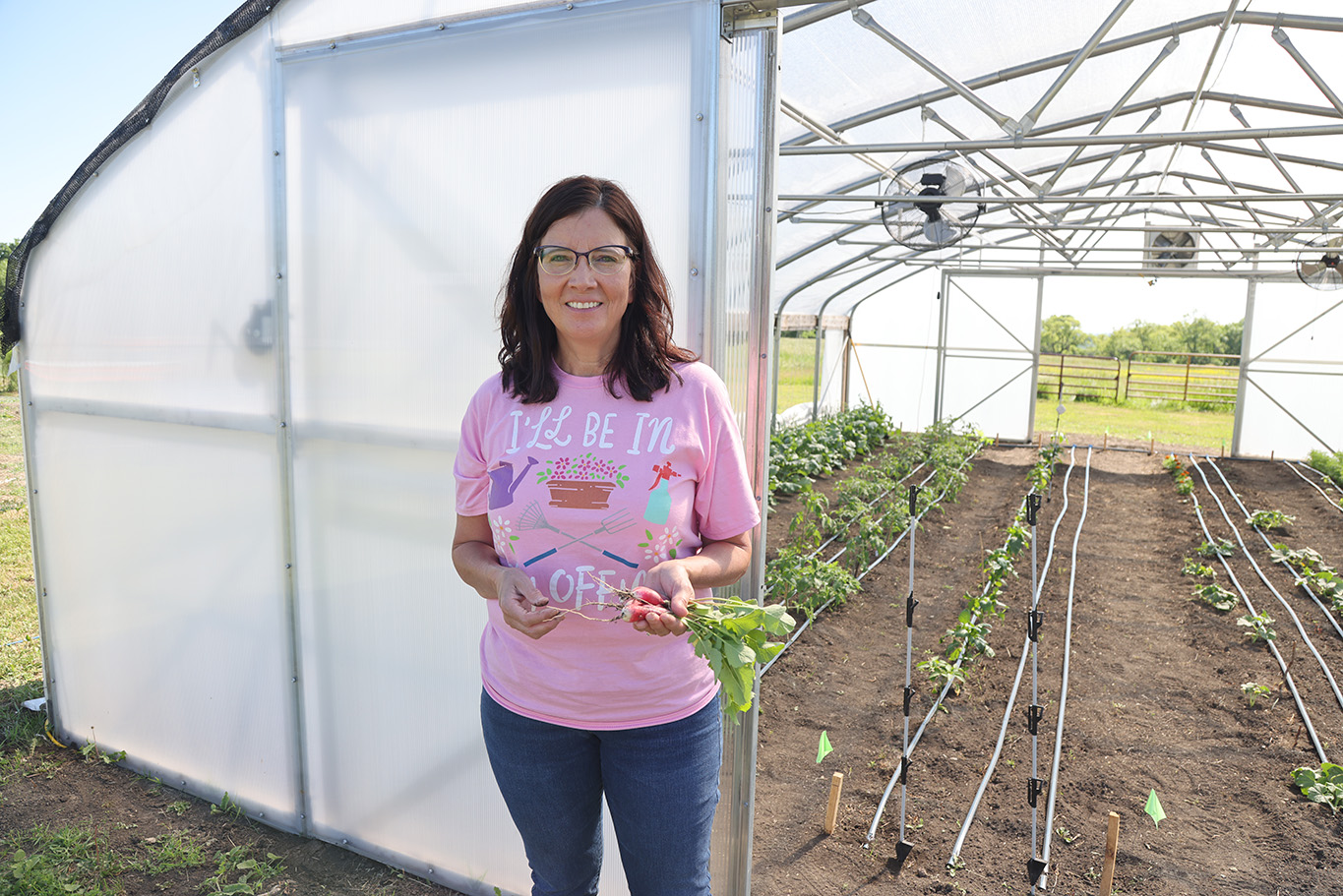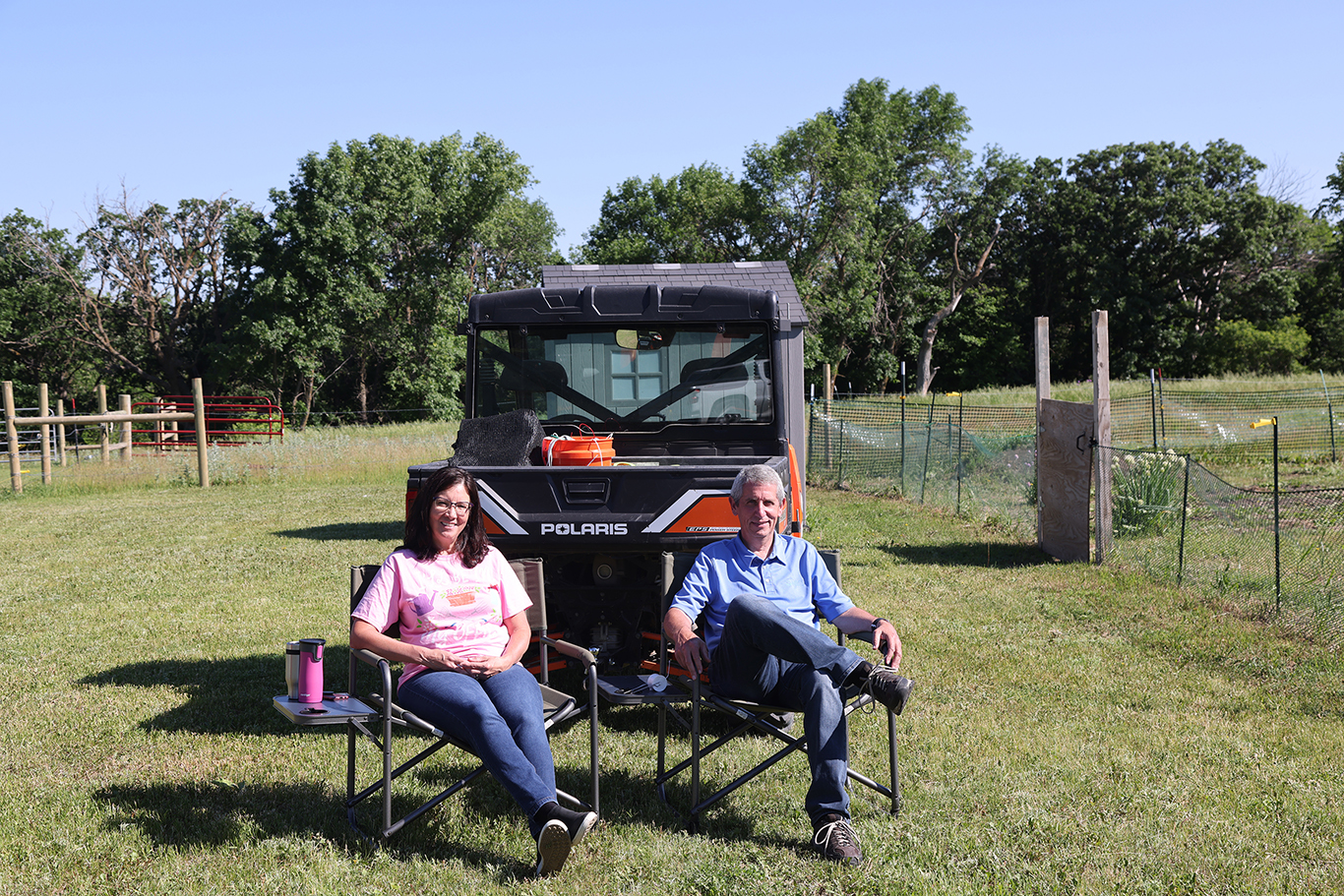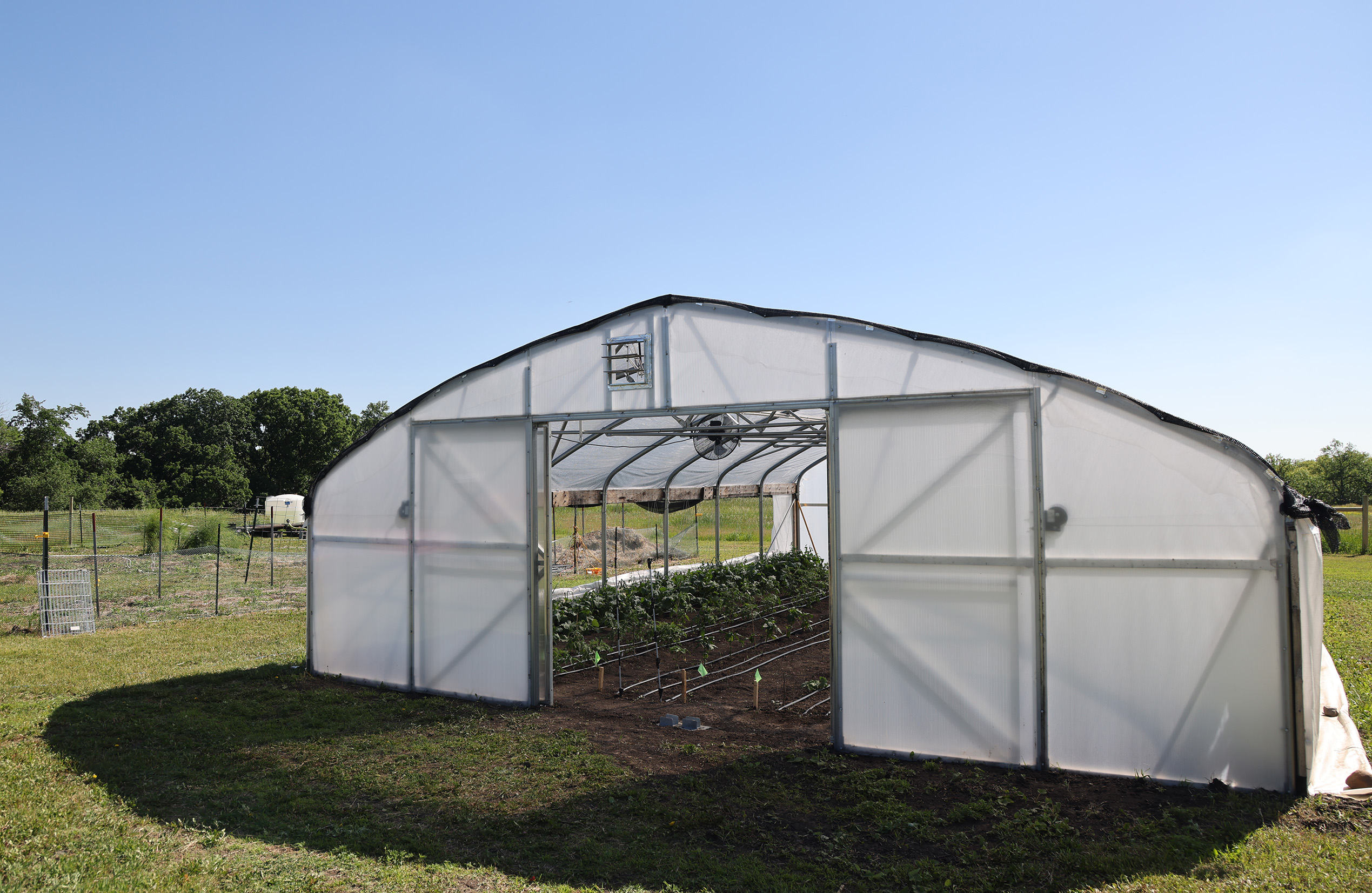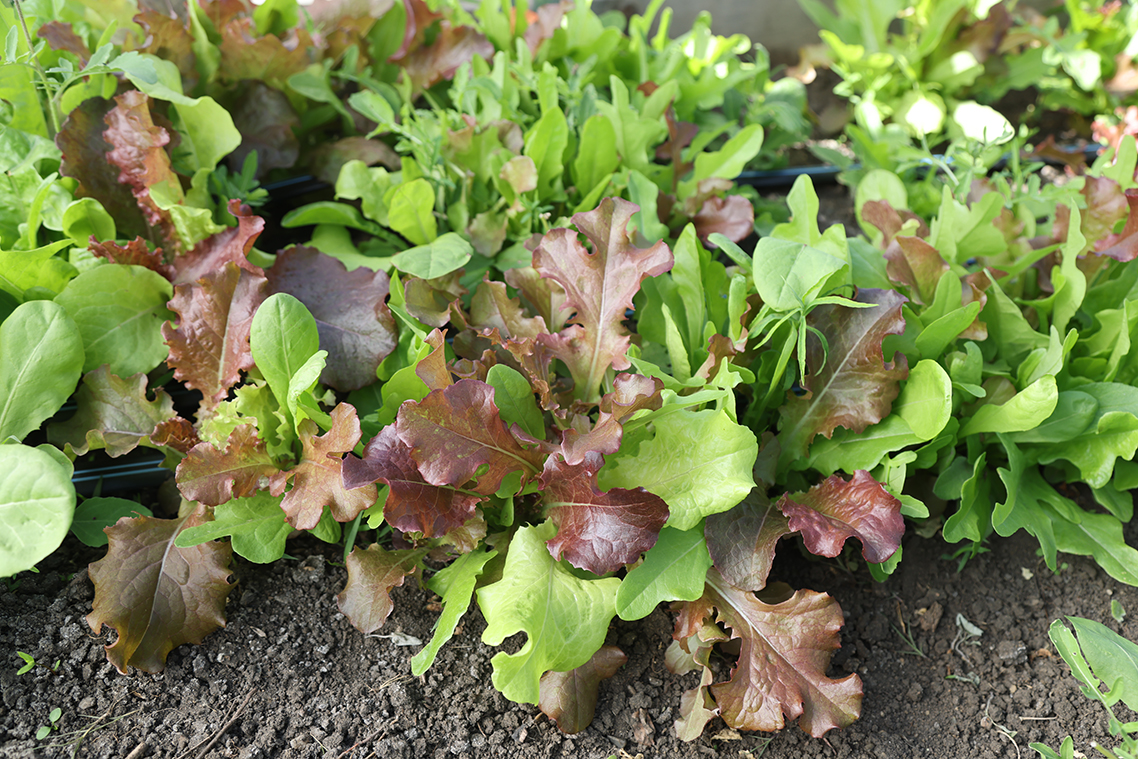This Friday meet Rhonda LaBatte, member of the Sisseton Wahpeton Oyate, a federally recognized tribe on the Lake Traverse Reservation in South Dakota. Growing up in a rural area, Rhonda’s family relied on a garden to provide healthy food. Continuing that tradition from her youth, gardening has become a staple of her adult life as well.

Extending the Season
Rhonda researched different ways to garden, eventually watching YouTube videos about extending growing seasons with high tunnels.
“I originally started out thinking about the quality of my food and what’s in it,” Rhonda said. “Because I’ve always grown my own food, I wanted to grow a bigger variety, longer.”
Seeing the benefit of extending the growing season and the relative affordability of high tunnels, she decided to pursue one for her garden. In 2018, Rhonda learned about USDA’s Natural Resources Conservation Service and decided to meet with NRCS Tribal Liaison Lorne Aadland about the High Tunnel Initiative.

“When she first came into the office, I gave her all the information we had and she ran with it,” said Lorne. “She did a lot of research on her own and we had many conversations to figure out what would work for her. Rhonda knew what she wanted to grow with the high tunnel. Having healthy food options for Tribal members is important to help alleviate the health issues prevalent in Tribal communities and Rhonda seeks to improve her family’s health through food.”
Healthy Food, Healthy Soil
After meeting with Lorne to discuss a plan for the specific structure, Rhonda installed the high tunnel in September 2021 through the Environmental Quality Incentives Program. EQIP is the NRCS flagship conservation program that helps farmers, ranchers and forest landowners integrate conservation into working lands.
“The process with NRCS was smooth and Lorne was very helpful,” said Rhonda. “There were some challenges we had with the increased cost of steel, assembling the high tunnel ourselves, and adjusting to the specific needs of a high tunnel, but so far so good."
High tunnels are increasingly popular structures for producers across the nation. They can improve plant and soil quality, extend the growing season, and provide fresh, local produce without requiring much transportation.

“After the tunnel was established, we planted an oats, buckwheat, flax, radish, turnip, and rapeseed cover crop mix to help with compaction and improve the health of the soil,” Rhonda said. “We also planted marigolds to attract pollinators for our flowering crops. There were things that we didn’t know at first, but we’ve been learning as we go.”
With one growing season in the rearview mirror, Rhonda looks to continue improving her high tunnel and providing fresh produce for her family.
“As a goal, I want to have a longer growing season, and automation is a big thing that we want to improve on going forward. We also want to install ways to catch water from the roof of the high tunnel to conserve water as well.”

Rhonda offers some helpful advice for others looking to construct a high tunnel on their operation.
“If someone is looking to get started with a high tunnel, they must consider the size and location,” said Rhonda. “Do research on your own and contact your local NRCS office and ask some questions.”
More Information
Visit local farms, ranches, forests, and resource areas through our Fridays on the Farm stories. Meet farmers, producers, and landowners who are working to improve their operations with USDA programs.
USDA offers a variety of risk management, disaster assistance, loan, and conservation programs to help producers weather ups and downs in the market and recover from natural disasters as well as invest in improvements to their operations. Learn about additional programs.
For more information about USDA programs and services, contact your local USDA service center.
Andrew Thomason is a state public affairs specialist for NRCS in South Dakota.


